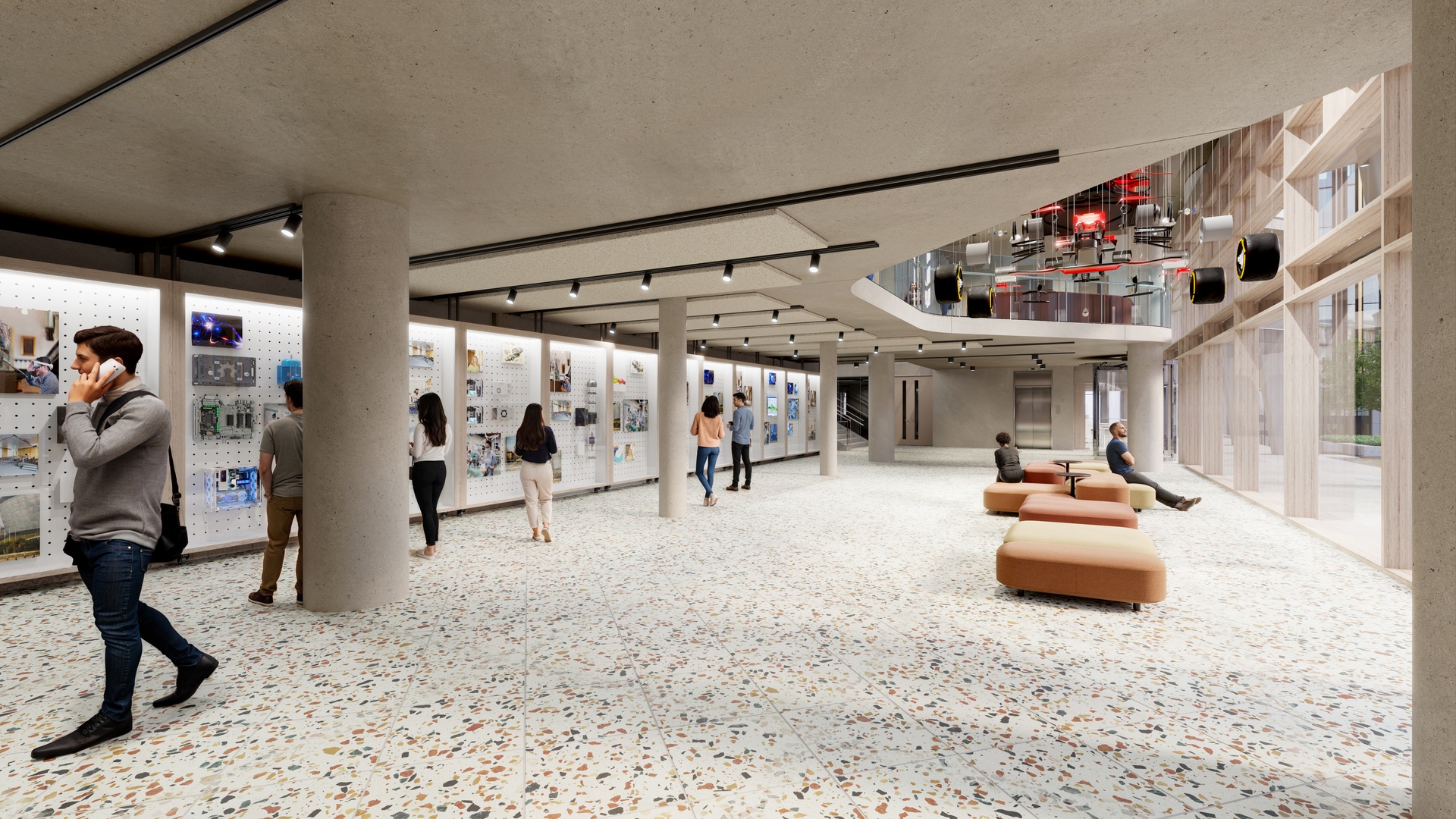The University of Glasgow university is to begin the construction of a £300m facility this October.
The university has announced a new learning, teaching and research building, which will be built on the Gilmorehill campus in the West End of the city.
The Keystone building is the fifth major building to be constructed as part of the institute’s £1.3bn Campus Development Programme.
The new development is set to be the second largest on campus and accommodate 3,600 students. Work on the new facility will begin in October and be completed by the 2028/29 academic year.
Professor Sir Anton Muscatelli, principal and vice-chancellor of the University of Glasgow said: “The Keystone building is the exciting next step in our Campus Development Programme, which is transforming our campus and the student experience at the University of Glasgow.
 University of Glasgow
University of Glasgow“This is a hugely significant investment for our community, providing state-of-the-art learning and teaching facilities for over 3,600 students, which will allow us to continue to attract the brightest and best students and staff to Glasgow. In addition, it will deliver a range of specialist equipment and spaces to support our world-leading education in Engineering and Biomedical sciences.
“This investment in Keystone also signifies the University’s continued commitment to being a civic institution for Glasgow, creating vibrant new spaces which will be of benefit to not only our own students, but also to our local community.”
The Keystone building is designed by HOK architects and constructed by the university’s principal contractor, Multiplex,
Gary Clark, HOK’s regional principal of Science and Technology, said: “The Keystone represents the future of interdisciplinary science and teaching with advanced research labs, teaching ‘super labs’ and the latest in sustainable design.
“Once open, it will be one of the largest net-zero-carbon university buildings in the UK, and one of the most welcoming, with neuro-inclusive workspaces embedded throughout.
“The building complements the historic architecture of the University of Glasgow through the use of stone, brick and terracotta while its dramatic responsive façade design, inspired by Victorian architecture, reveals the art of the possible in terms of both scientific learning and net-zero development.”
Follow STV News on WhatsApp
Scan the QR code on your mobile device for all the latest news from around the country


 University of Glasgow
University of Glasgow




















